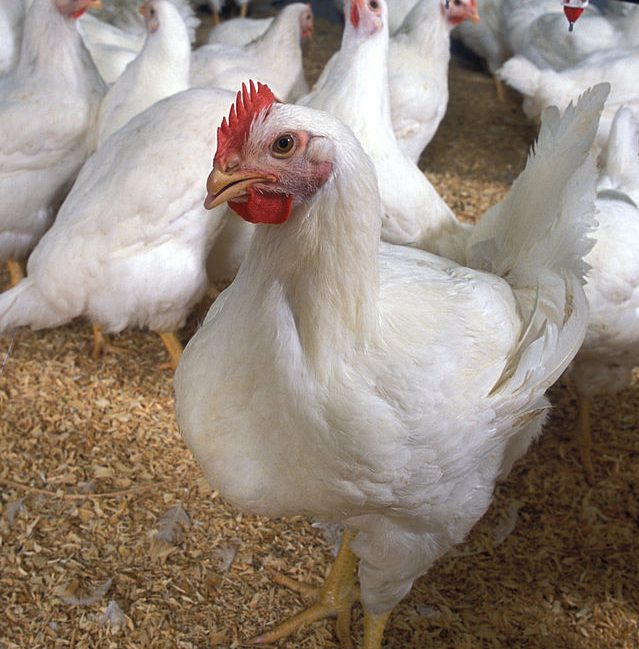Chicken demand in the United States has improved to moderate levels, even as a bird flu vaccine nears.
The just concluded Super Bowl that ended on February 11 also boosted orders for tender chicken meat and wings this week.
For chicken cuts outside direct influence by the above sports and entertainment event, demand has been light-to-moderate. Key mentions include relatively fair export demand, steady fryers’ prices and light live chicken production.
USDA’s Agricultural Marketing Service (AMS) has also recorded a few areas experiencing more than moderate performance. For instance, supply is solid for thighs, demand is good for dark meat cuts and average bird weights fair.
Vaccine Vs. Low Chicken Demand
Chicken demand may, nevertheless, change for good or for worse following the announcement of an upcoming avian flu vaccine.
Agriculture Secretary, Tom Vilsack, on February 14 promised a vaccine in 18 months for the ongoing strain of the flu.
This breakthrough will benefit owners of 8 species of commercial poultry including domestic fowls that are at risk of infection. So far in 2024, the U.S. has culled 530,000 poultry units. 14 species of backyard birds are prone to the virus, too.
The decision to vaccinate poultry remains a controversial one, especially when it touches demand. In 2023, the United States had appraised France’s decision to vaccinate its ducks, citing low demand for vaccinated birds.
For this reason, amid current lukewarm international orders for chicken, Vilsack is negotiating with trade partners to accept vaccinated poultry.
The World Health Organization (WHO), in its part, has been urging governments around the world to opt in vaccines to avert a pandemic.
As early as March, 2023, researchers were busy with vaccine trials to avert a jump of the H5N1 strain to humans. Scientific American journal showed that first-time mortality rate for a human infection would be 56% but would fall with time. All the same, better late than never, hence the early start by vaccine makers.
By November 2022, American poultry farms had slaughtered 50.5 million chickens over infections, a trend that softened through 2023.
Despite this bleak outlook, the numbers of layers rose in end 2023 and so did the production of eggs.
